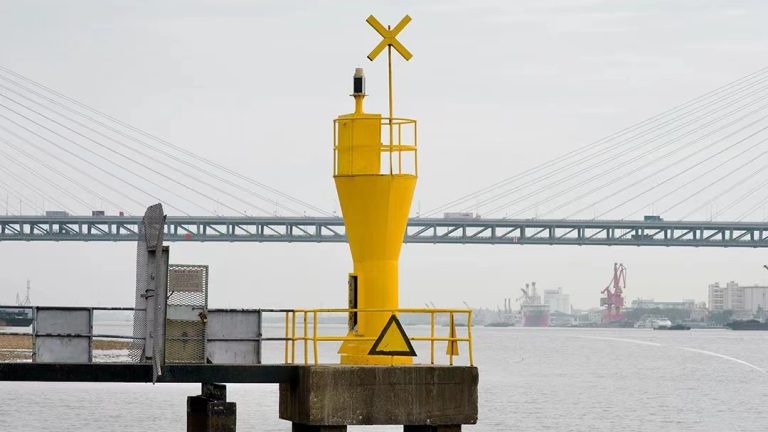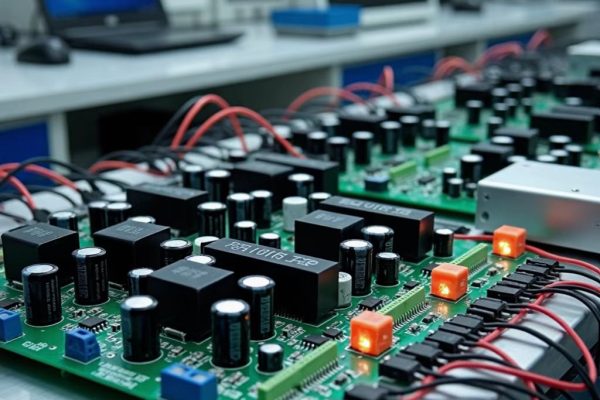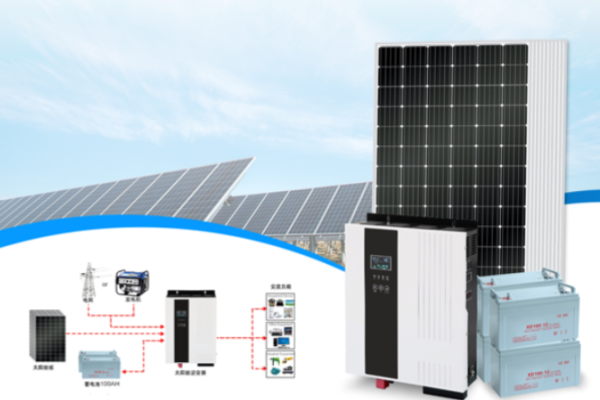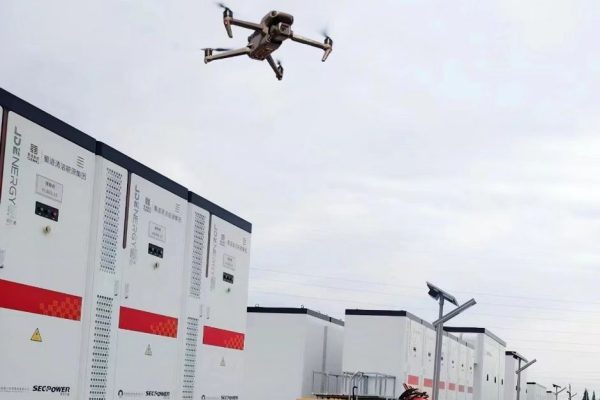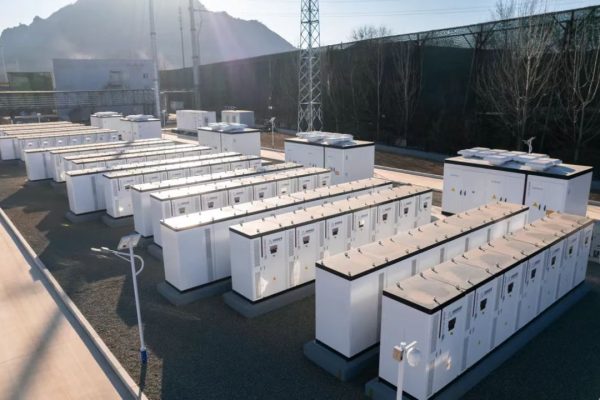Why Fire Prevention Starts with the Right Inverter — and What You Need to Know
Introduction: Why Fire Safety Is Now a Buyer’s Concern
For many years, fire safety in small solar+storage projects was treated as an afterthought — something only large utility-scale systems needed to worry about.
But as lithium batteries enter homes, rural shops, and commercial rooftops — and as inverter power density increases — fire safety compliance has become a frontline topic.
As a system buyer, installer, or small EPC, you don’t need to be a firefighter or certification expert. But you do need to understand:
- Which fire-related standards apply to small inverters
- How inverter design affects fire risk
- What to look for in product documentation and vendor support
This article helps break it down.
1. The Inverter’s Role in Fire Risk
While batteries are often in the spotlight for thermal events, inverters pose their own fire risks due to:
- DC arcing from PV strings
- High-frequency switching and transformer heating
- Poor ventilation in enclosures or cabinets
- Internal component failures (e.g. capacitors, PCB shorts)
A faulty or poorly matched inverter can trigger thermal stress that spreads across the system — especially if installed near flammable materials or in enclosed spaces.
2. Which Standards Apply to Small-Scale Inverters?
Even for small systems (3kW–30kW), manufacturers and system integrators must pay attention to regional and international safety standards, including:
| Standard | Scope | Key Relevance |
|---|---|---|
| IEC 62109-1/2 | Safety of power converters for PV | Basic electrical and thermal safety |
| UL 1741 / IEEE 1547 | Inverters for North American grid tie | Fire protection, arc fault interruption |
| IEC 60950 / IEC 62368 | General electronics safety | Component flame rating, temperature rise |
| VDE-AR-N 4105 | Low-voltage grid connection (Europe) | System-level protection coordination |
| CE/UKCA Marking | EU/UK compliance | Mandatory for import and sales |
Many inverters today are sold globally, but not all certifications are equal — or sufficient for your project’s fire compliance. Always ask for:
- Declaration of Conformity
- CB test reports for IEC standards
- Fire-related clauses in installation manuals
3. Fire-Resistant Enclosures and Inverter Design Features
Not all inverters are built the same.
🔥 Look for these design features to reduce thermal risk:
- Metal housing (not plastic) with high-temperature paint or coating
- DC arc fault detection and interruption (AFDI)
- Over-temperature protection and automatic derating
- Independent thermal sensors on key internal components
- Certified flame-retardant components (e.g. V-0 rated PCBs)
- High IP rating if installed outdoors (e.g., IP65 or better)
💡 Tip: For systems installed in guesthouses, schools, or indoors, make fire-rated enclosures a requirement — not an upgrade.
4. Installation Best Practices That Prevent Inverter Fires
Even the best inverter can be dangerous if installed carelessly. Here are field-tested best practices:
✅ Mount on non-combustible surfaces
Prefer concrete, brick, or treated aluminum walls. Avoid drywall or wood panels unless shielded.
✅ Maintain air gaps and ventilation
Leave at least 300–500mm clearance on all sides. Avoid cramming multiple units into tight cabinets without airflow.
✅ Use certified DC isolators
Install a DC disconnect switch near the inverter — with arc-proof labeling and grounding.
✅ Avoid excessive DC cable lengths
Long cables can increase resistance and heat buildup. Keep DC runs short and well sized.
✅ Regularly inspect for corrosion or rodent damage
Especially in tropical or coastal regions, small cable defects can lead to DC arcing — a major fire risk.
5. What Installers Should Communicate to Clients
As an installer or supplier, it’s your role to frame fire safety as a value-added feature, not a cost burden.
Here’s how to explain it:
“This inverter meets IEC 62109 and includes arc-fault protection — so even if there’s a wiring issue, it shuts down before anything overheats.”
“We install the inverter with enough clearance, ventilation, and metal brackets to meet safety best practices.”
“Some cheaper models don’t detect arc faults. Ours does — and that reduces both insurance risk and downtime.”
Fire compliance is not about scaring the customer. It’s about professional reassurance and long-term system value.
6. Fire Safety and Hybrid Inverters: Additional Complexity
In hybrid systems (solar + battery), the inverter often serves as the central hub connecting:
- PV input
- Battery banks
- Grid or generator lines
- Load circuits
This multiplies the risk if any subsystem fails or overheats.
Key fire safety features in hybrid inverters:
- Battery overcurrent protection built-in
- DC bus insulation monitoring
- Automatic shutdown if temperature or current exceeds safe limits
- Integrated ground fault detection
Also, ensure battery compatibility is officially tested — mismatched voltage windows or BMS communication gaps can cause overcharge or thermal runaway.
7. Common Mistakes That Increase Fire Risk
🚫 Using indoor-rated inverters outdoors
Even with a canopy, moisture and dust can cause arcing.
🚫 Mixing brands of inverter and battery without BMS integration
This disables smart protections and auto shutoff.
🚫 Skipping DC fuses or breakers
Relying solely on inverter firmware is unsafe.
🚫 Mounting multiple inverters tightly together without spacing
Internal heat build-up increases fire likelihood.
🚫 Using non-certified installers or DIY methods
Loose wires and poor crimps are the #1 cause of inverter fires in small systems.
8. What to Ask Your Vendor Before You Buy
Before choosing an inverter for your small-scale project, ask:
- Do you have IEC 62109-1/2 test reports available?
- Does this model support DC arc fault protection?
- What is the recommended installation spacing?
- Are internal components fire-rated (V-0 or similar)?
- Do you offer support for fire inspection or compliance paperwork?
If the supplier avoids these questions or only sends a CE certificate — walk away.
Conclusion: Small-Scale Doesn’t Mean Low Risk
Just because your system is 5kW or 10kW doesn’t mean fire risk is minimal. In fact, small systems often:
- Get installed closer to living spaces
- Use budget-grade hardware
- Are installed by less experienced teams
That makes fire compliance even more critical. By choosing the right inverter — and following field-proven safety practices — you protect your clients, reduce liability, and build a professional reputation for quality.
✅ Inverter safety is not optional — it’s part of your brand.





